![]()
![]()
![]()
Use LEFT and RIGHT arrow keys to navigate between flashcards;
Use UP and DOWN arrow keys to flip the card;
H to show hint;
A reads text to speech;
18 Cards in this Set
- Front
- Back
|
PFD |
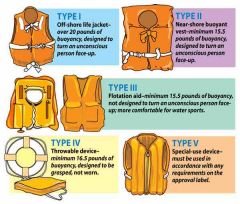
One Type I, II, II, or V per person plus one Type IV throwable device. PFD's mustbe CG Approved, wearable by the intended user and readily accessible. The Type IV throwable device must be located such that it is immediately available. |
|
|
FireExtinguishers |

One B-I any type. Fire extinguishers required on any boat with enclosed fuel or engine spaces, enclosed living spaces, or permanent (not movable by one person) fuel tanks.
If fixed system: No portables required |
|
|
Visual Distress Signals on Coastal Waters |
Minimum: three day-use three night-use or
three day/night combination pyrotechnic devices.
Non-pyrotechnic substitutes: 1 orange flag (day-use) and 1electric S-O-S signal light (night-use) |
|
|
Sound Producing Devices |
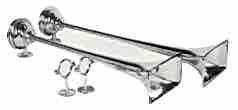
Horn or whistle recommended to signal intentions or position. Under Rule 33 of the Navigation Rules, boats under 20m MUST have aboard a means of making an efficient sound. |
|
|
Backfire Flame Arrestors |
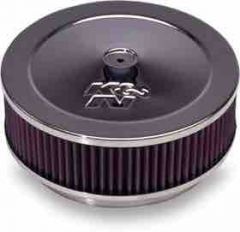
One CG-Approved device on each carburetor of all gasoline-powered engines built after April 1940, except out boards.
Engines can backfire, sending a flame up through the carburetor and into the engine compartment. The backfire flame arrestor's function requires it to muffle and delete any such spark or flame
|
|
|
Ventilation |
CG-standard powered system required on gasoline-powered vessels with enclosed engine spaces built after 1 August1980. Boats built earlier must have either natural or powered ventilation in the fuel tank compartment. |
|
|
Navigation Lights Under Sail |
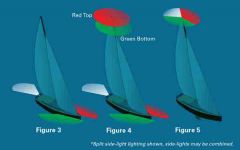
Sidelights stern light Masthead light
Boats under sail under 20m (65.6 feet) can substitute a tri-color light for separate side lights and stern lights.
|
|
|
Navigation Lights Rowing |
Sailboats and powerboats under 7m and under 7 knots can substitute a white lantern in place of the required lights. |
|
|
Navigation Lights at Anchor |
All around white light visible for 2nm at night unless in a chart-designated anchorage.
Boats 16' or longer must also have an 360° all-around white anchor light capable of being lit independently from the red/green/white running lights. |
|
|
Navigation Lights visibility range |
1 nm side lights, 2 nm all others |
|
|
Pollution Regulations |
"Honor system", no plaques required. |
|
|
Marine Sanitation Devices (Head) |
Vessels with installed head facilities must have an operable CG-Certified Type I, II, or III Marine Sanitation Device (MSD).
Type 1 & 2 These types macerate the sewage and then treat it with chemicals or other means to reduce the bacterial count before it is discharged overboard.
Type 3 Holding tank
Any "Y" value for discharge overboard must be locatedin such a manner or affixed to prevent accidental discharge of untreated waste into water. |
|
|
Navigation Rules |
Familiarity with the rules is recommended but not required. Boaters should be familiar with the "Rules of the Road" for crossing and overtaking situations, as well as meeting other vessels head on. |
|
|
Under power rule |
Sailboats under power are considered powerboats and must follow "under power" rules. |
|
|
Power option 1 |
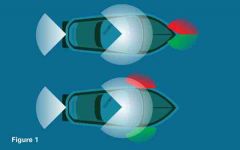
Two part white light= 360 |
|
|
Power option 2 |
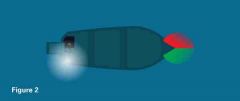
Single, 360 white light |
|
|
When are nav light required? |
between sunset and sunrise during restricted visibility
The U.S. Inland Rules apply inside the demarcation lines at the entrances to inlets, bays, rivers, etc. The demarcation lines are shown on coastal charts as magenta dashed lines.
Once outside of the demarcation lines, International Rules apply.
|
|
|
Carry extra lightbulbs |
The U.S. Coast Guard doesn't care if they were working when you left, only that they are working when required. |

